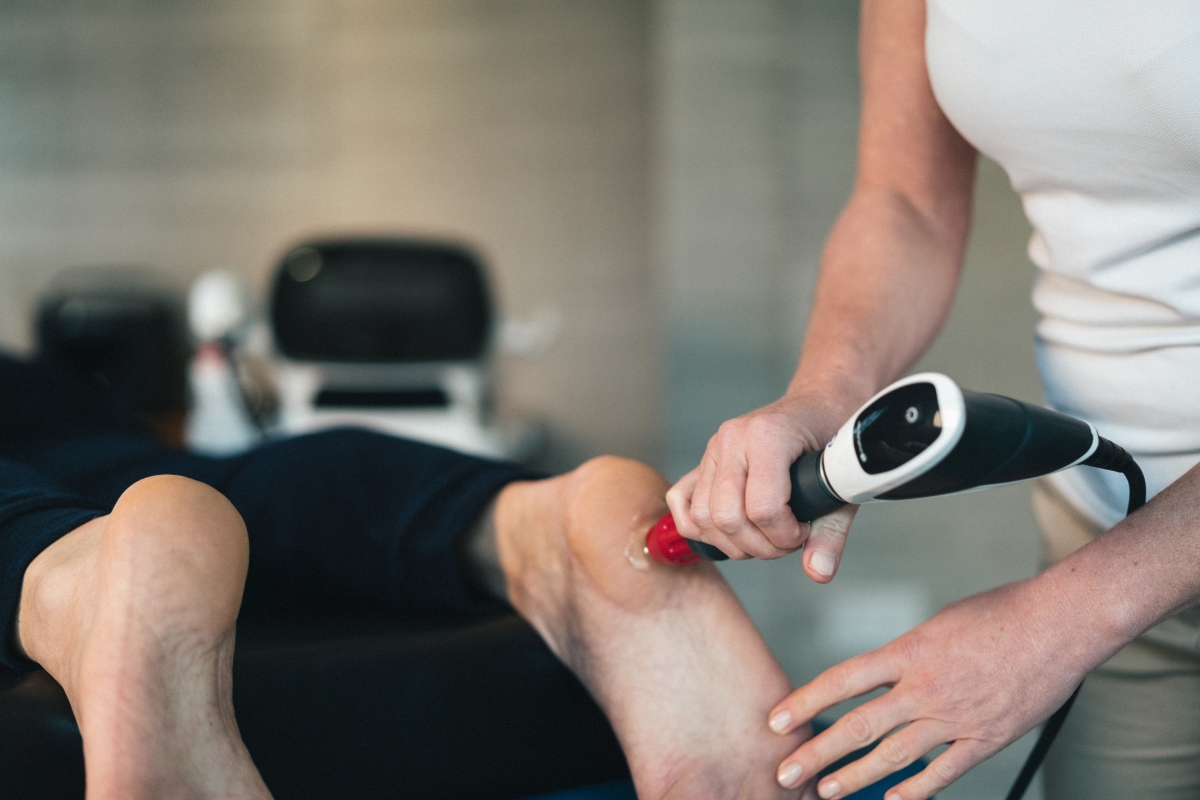Plantar Fasciitis: Treatment and Prevention
Posted by Enovis ANZ on 27th Sep 2023
How many times have you heard your patient saying: “I wake up in the morning and feel a sharp, stabbing pain, right in the centre of my heel. After a while the pain subsides and comes back as a dull ache…”
Plantar fasciitis is ranked to be one of the most common orthopedic foot complaints and is seen in both men and women. An estimate of over 400,000 people in Australia and New Zealand suffer from it.
What is Plantar Fasciitis?The plantar fascia is a flat band of connective tissue that runs from the sole to the heel of your foot. Plantar fascia pain occurs due to an overload on the tissues, which causes the fascia to become painful and irritated. If plantar fasciitis is left untreated, it can seriously limit a person’s regular activities, such as walking and exercising. | How can you treat Plantar Fasciitis?You are most likely aware of the fact that Plantar Fasciitis is a difficult condition to treat. It takes time, lots of work, and it might not even heal. A few common treatment modalities include:
|

The goals of treatment are to decrease the initial pain and inflammation, improve flexibility and strengthen the plantar fascia and calf. Many health practitioners use these methods, but do not get the desired results. Patients are still coming back, complaining about their recurrent pain.
Shockwave Therapy is the latest technology used to treat heel pain.
It is a gentle, yet effective treatment for heel pain and can reduce the tenderness of soft tissue injuries in just a few days.
How does Radial Shockwave Treatment work?
You target therapeutic shockwaves to the affected heel area on your Patient. The shockwaves stimulate a healing response in the affected tissue and ligaments, resulting in reduced inflammation and pain.
How do you treat PF using RPW Shockwave?
The treatment is broken into 3 parts:
- he treatment of the tendon or desired structure
- The treatment of muscle and the entire muscular chains
- The treatment of the trigger points.
What dosage should you use on your patient?
3-6 treatments with 5-10 days interval.
Combine treatment with a general activation of the surrounding muscles.
Which post-treatments are recommended?
- Using our UNIQUE V-Actor Massage transmitter which contributes to long-lasting results.
- Eccentric stretching
- Ice friction: (very shortly 2 to 4 minutes maximum only if pain during exercise.)